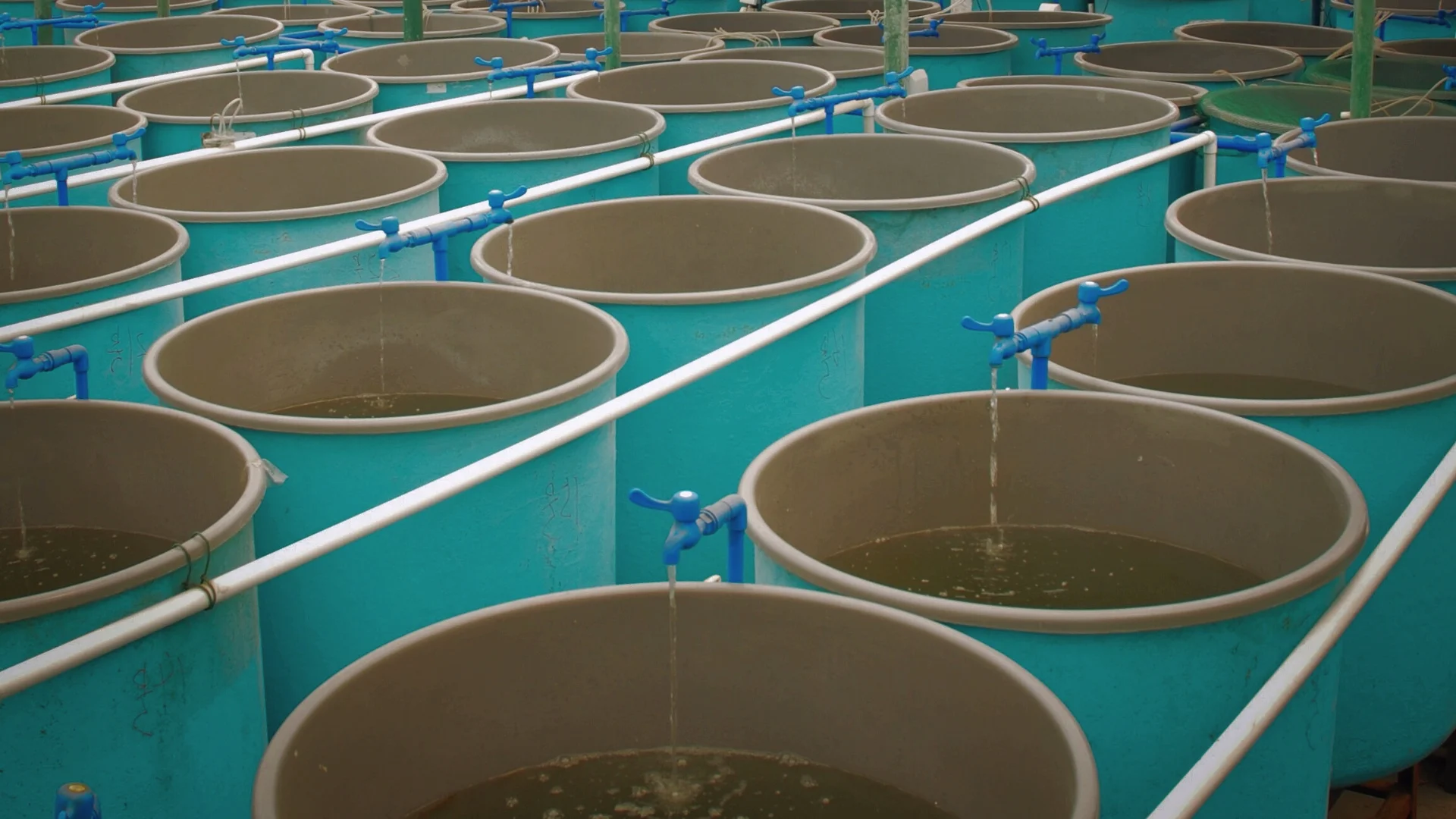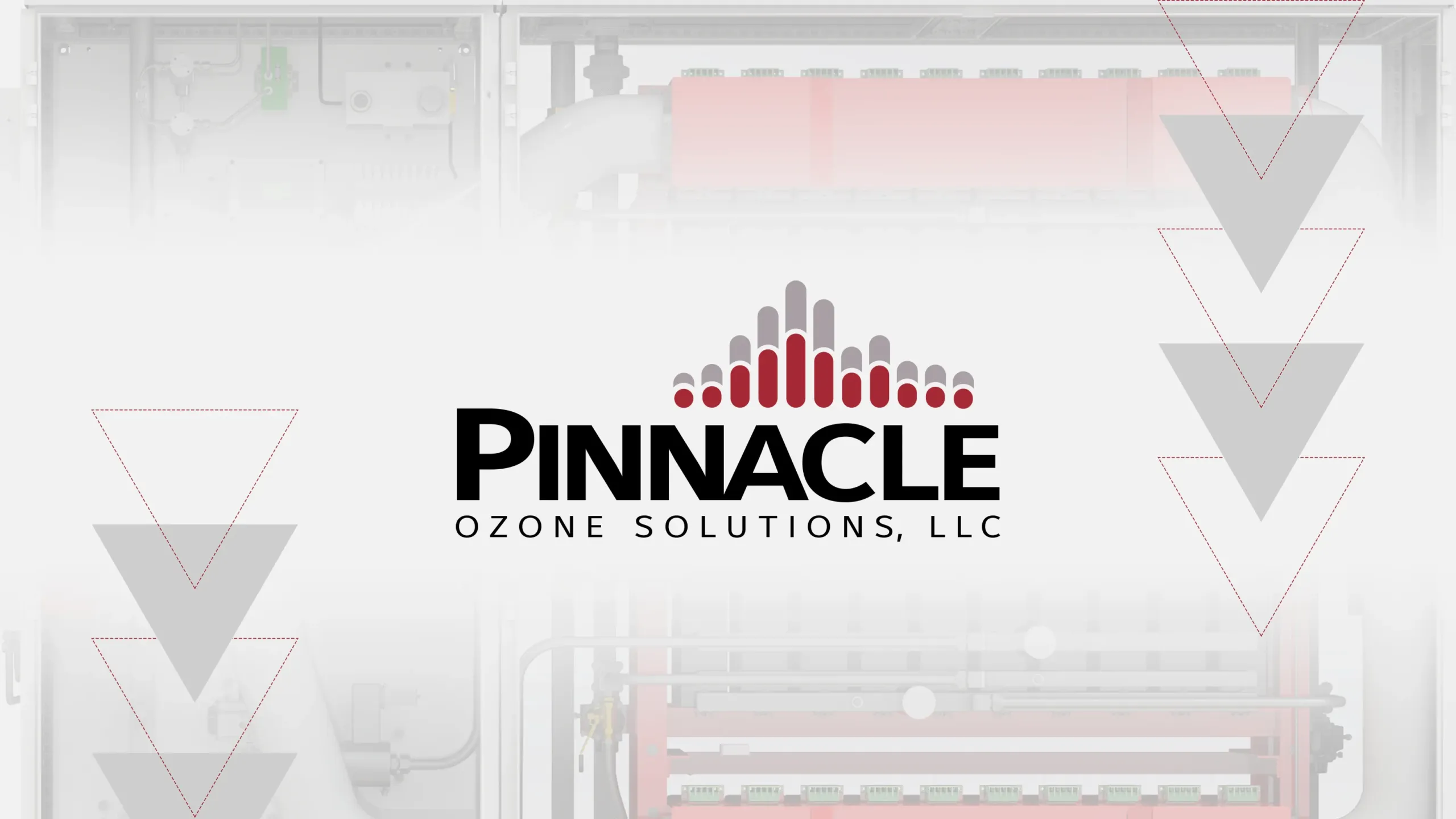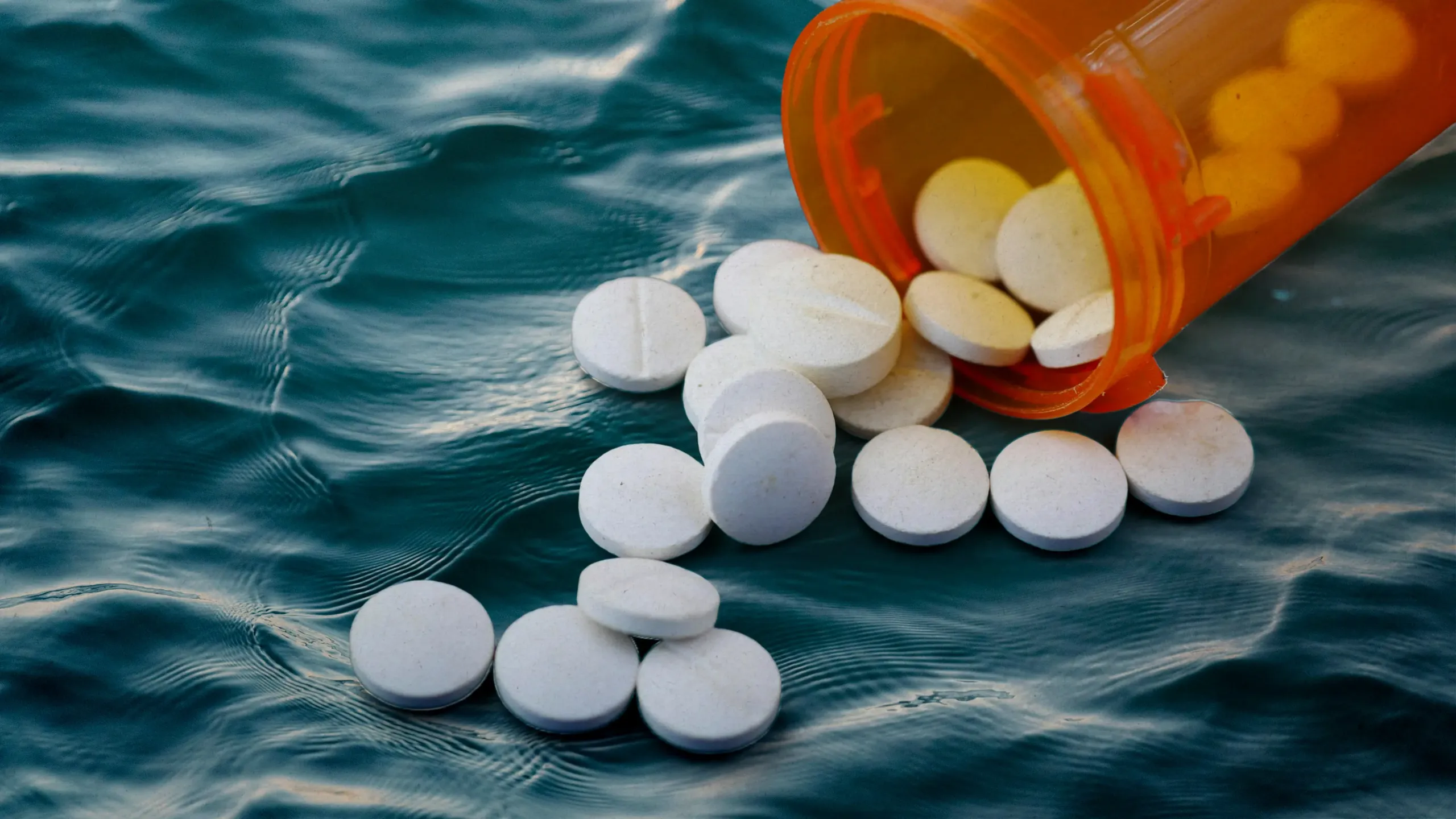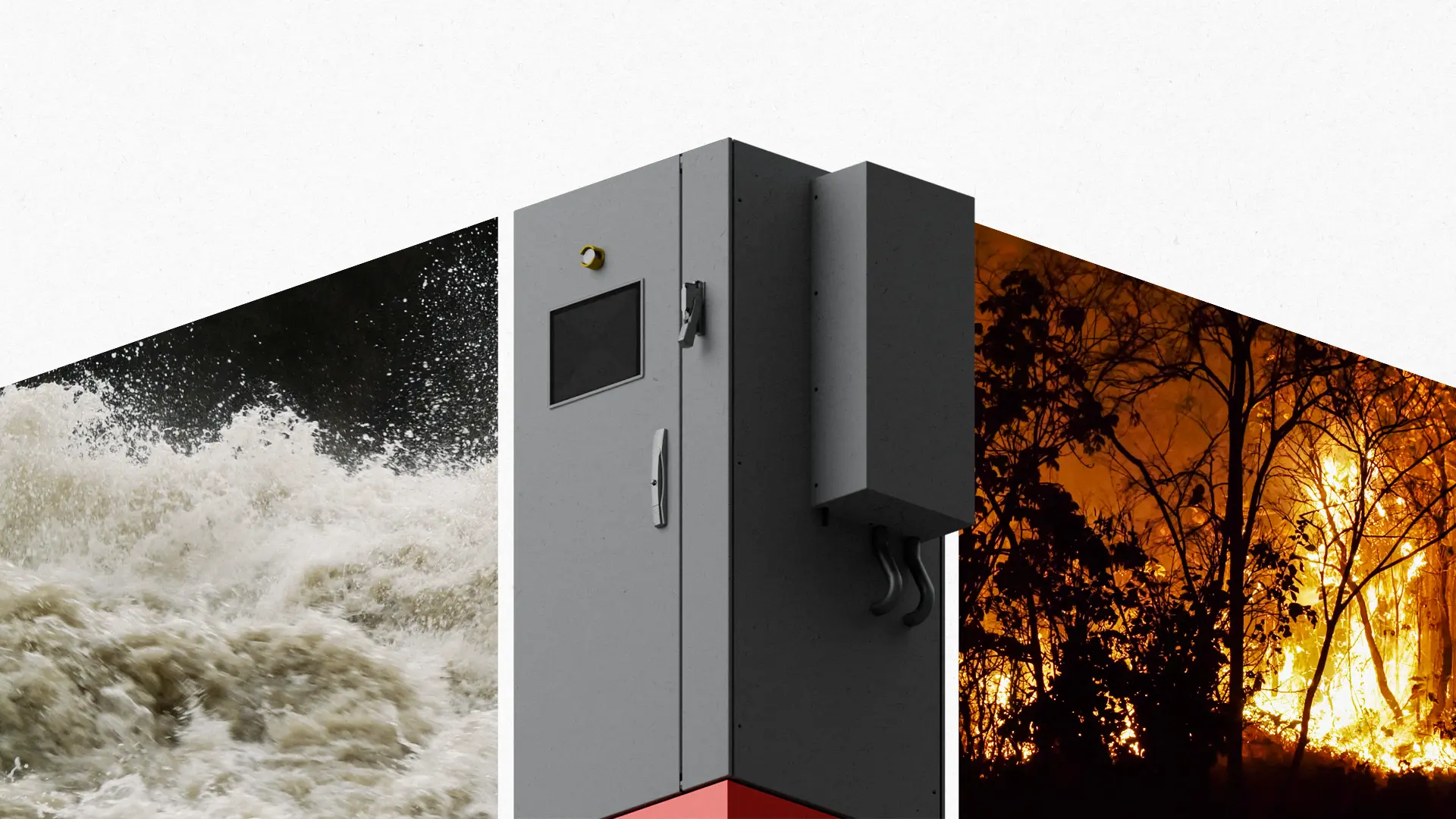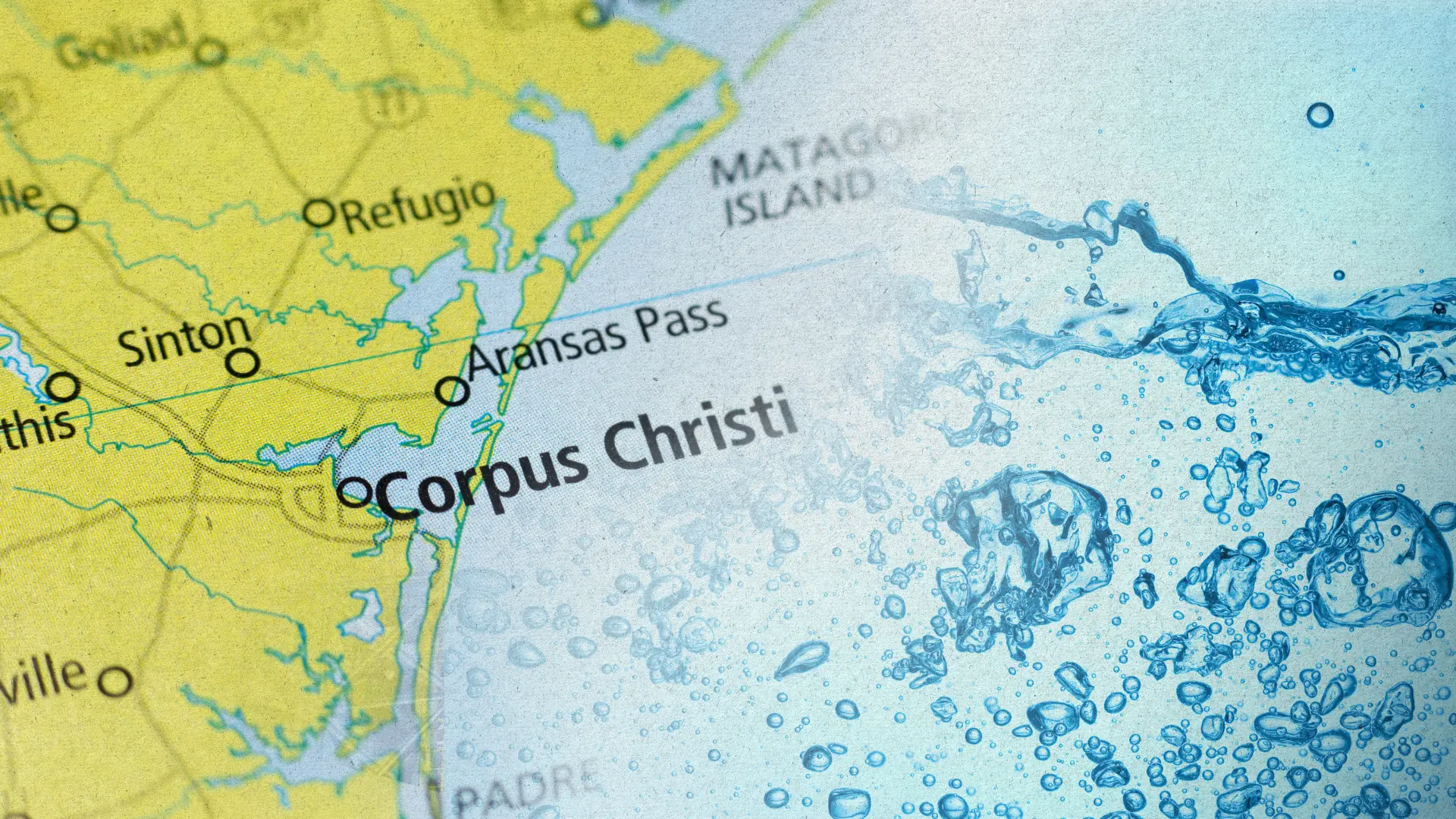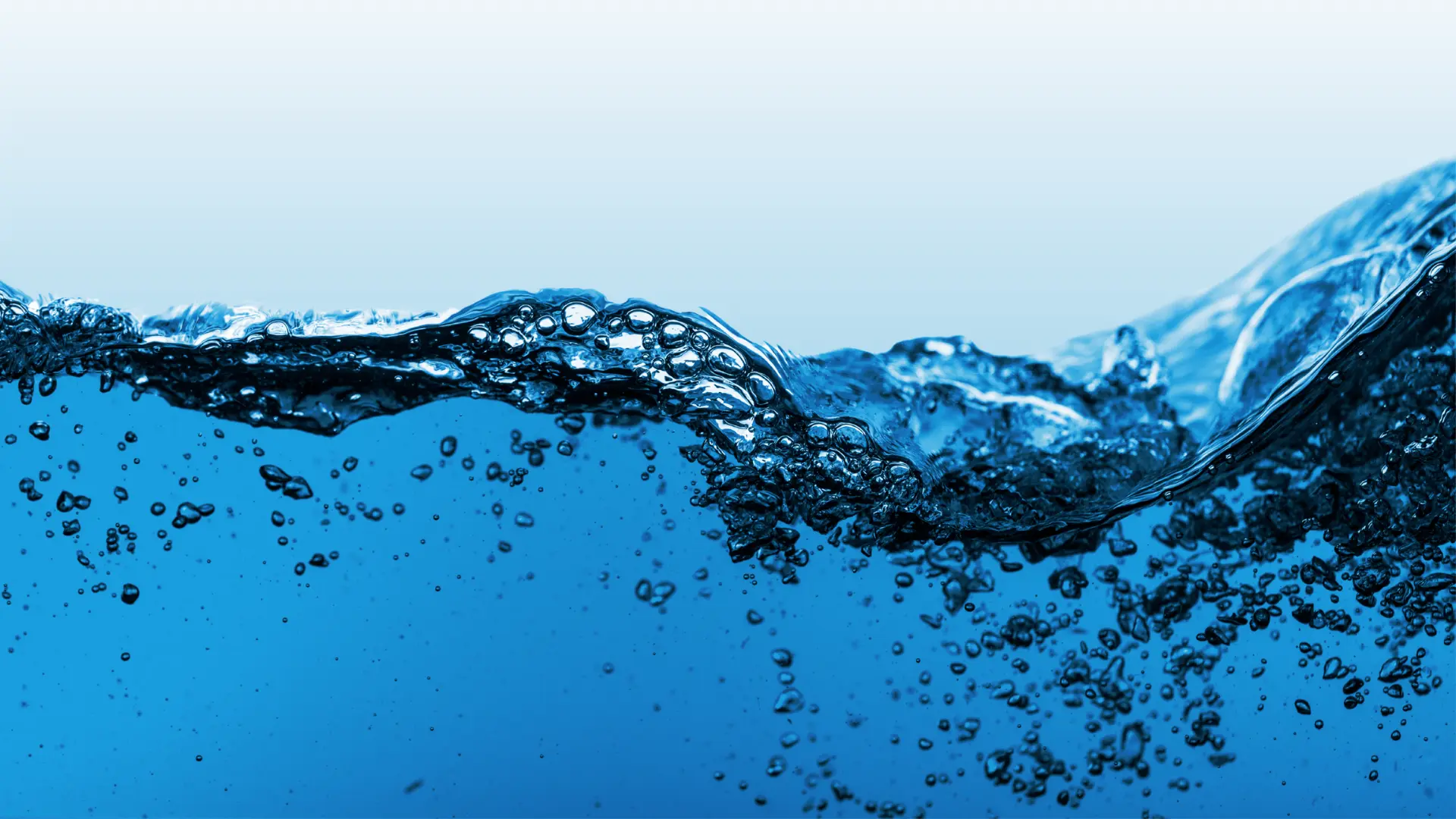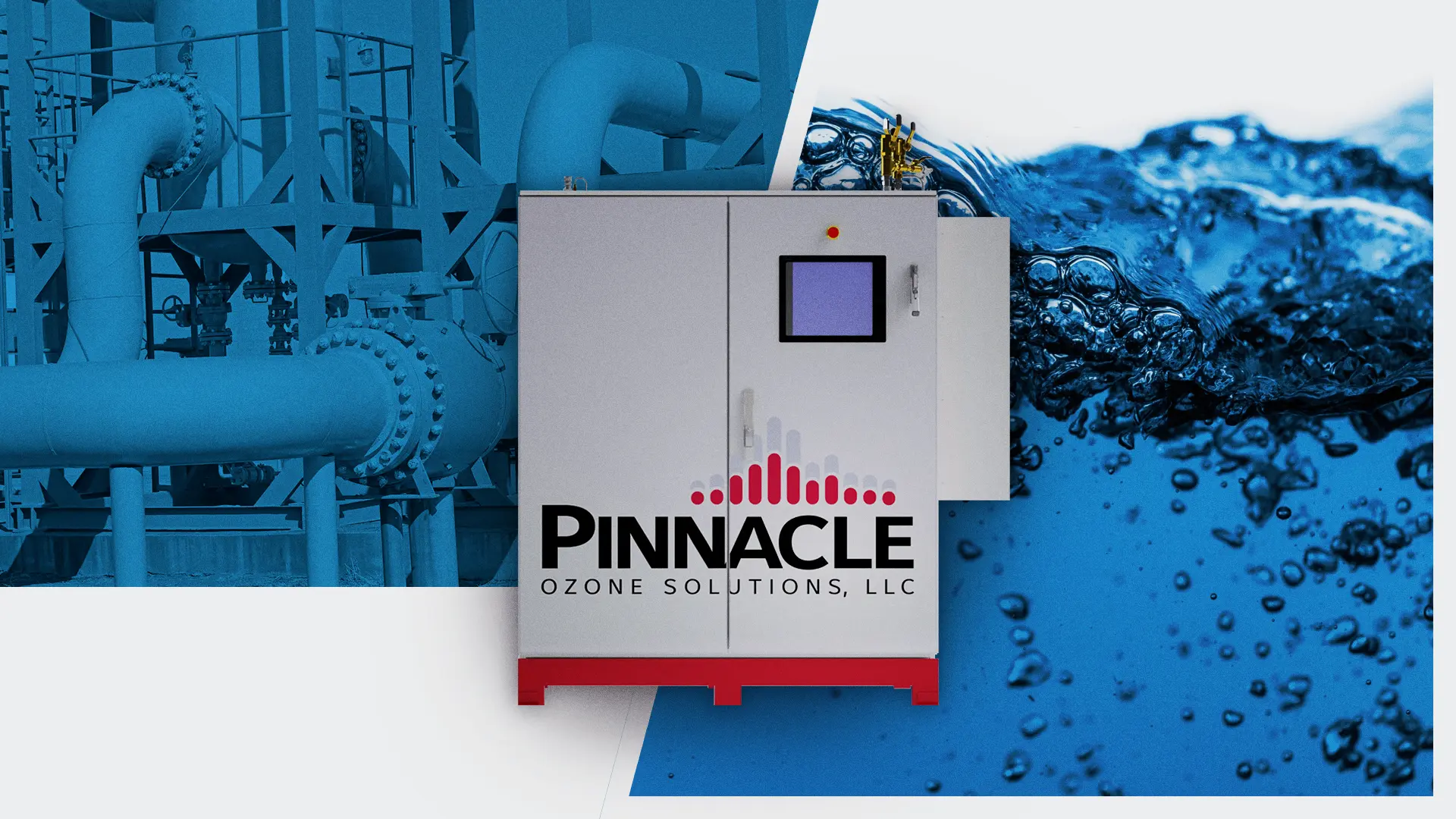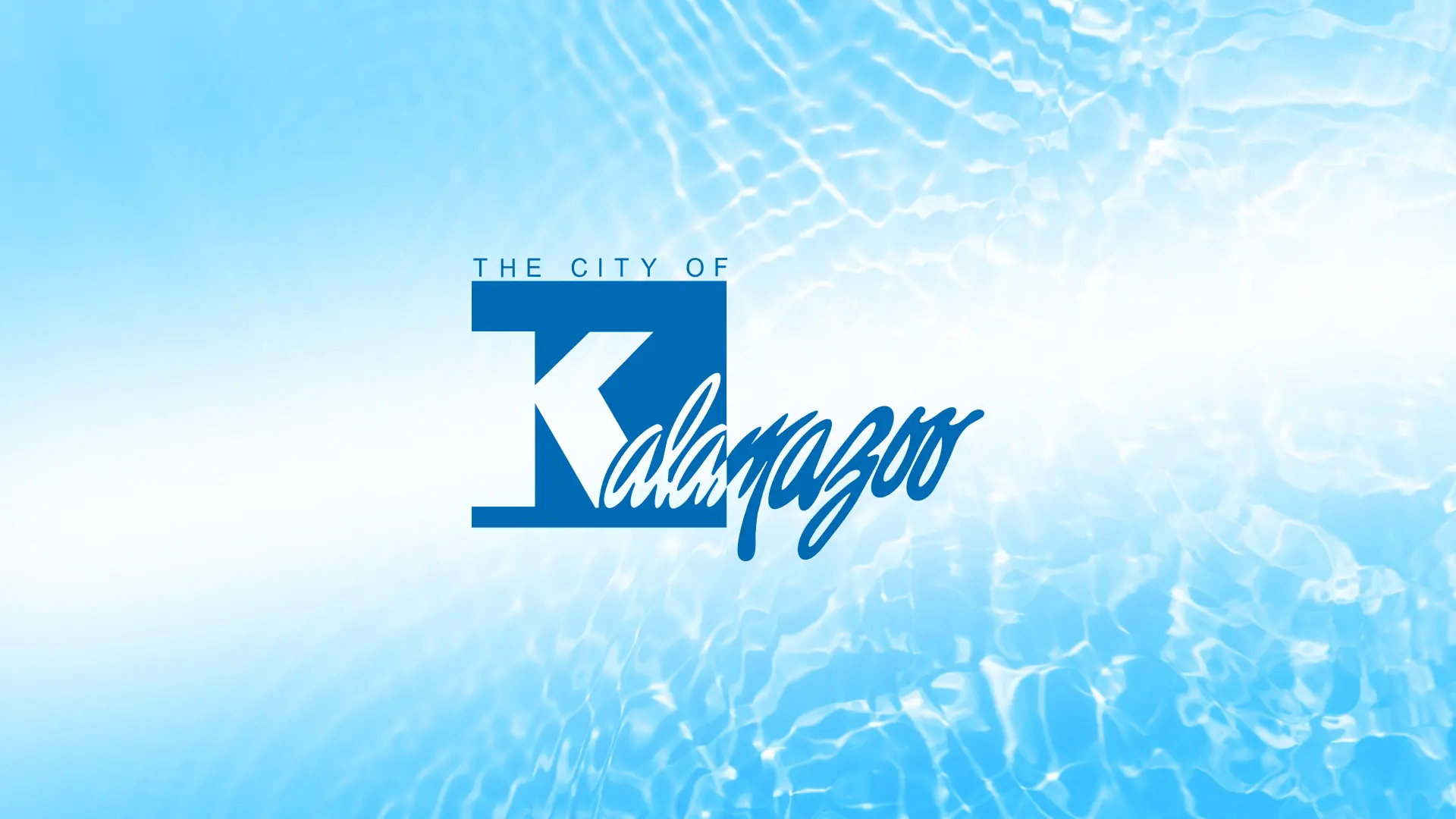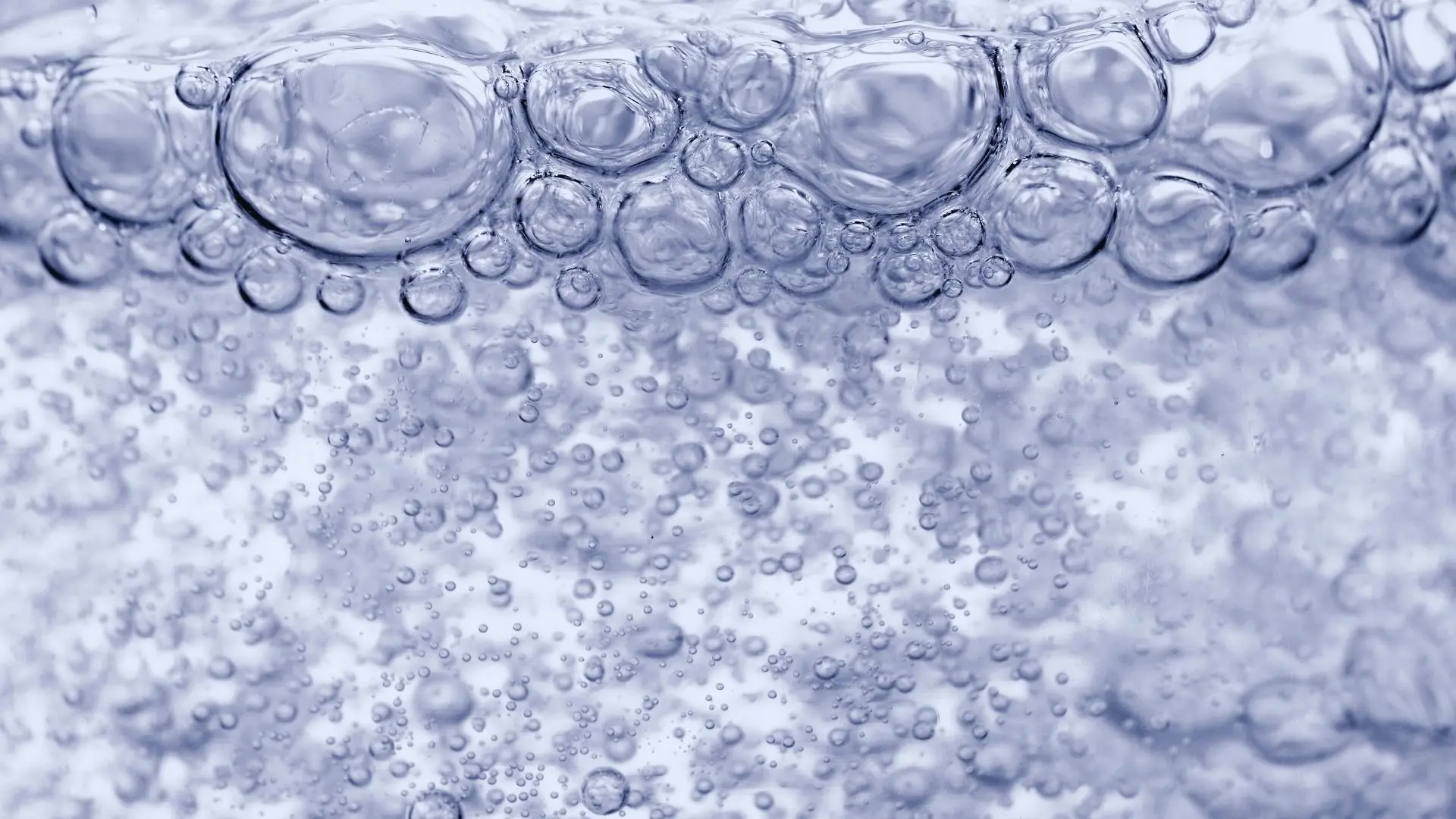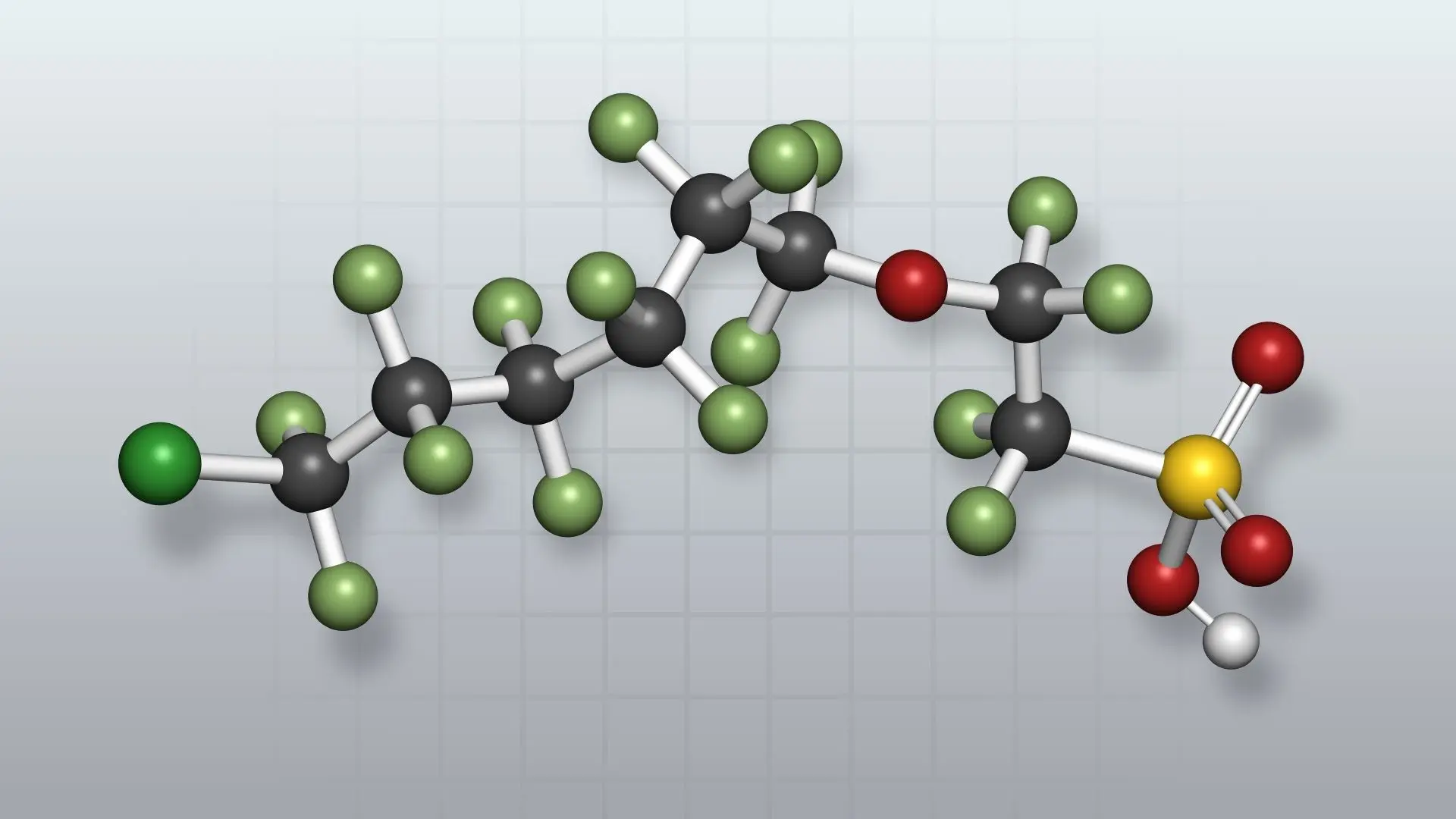The EPA’s recent $58 million allocation to Tennessee for post-hurricane water infrastructure upgrades is a powerful reminder of a hard truth facing utilities nationwide: extreme weather is now a design constraint.
Whether it’s hurricanes in the Southeast, floods in the Midwest, or wildfires in the West, water treatment systems must now be built for variability, volatility, and vulnerability. And as utilities invest in modernization, one question rises to the surface:
Is your oxidation system ready for the next storm?
At Pinnacle Ozone Solutions, we engineer ozone treatment systems that deliver not just high oxidation performance, but the resilience needed to survive and recover from climate-driven disruption. This blog explores how ozone supports resilient treatment, and what design choices utilities should consider as they build the next generation of infrastructure.
The Problem: Storms Break Systems Before They Break Pipes
During and after major weather events, utilities face cascading operational challenges:
- Raw water quality shifts: turbidity, color, and TOC levels spike
- Oxidant demand rises: more organics, metals, and microbial loads
- Power interruptions: systems must ramp down safely and restart predictably
- Physical damage: storage tanks, pumps, or dosing systems may be inaccessible
- Disinfection goals remain unchanged: CT compliance is still required
Most traditional chemical systems (chlorine, permanganate) require manual intervention, supply chain stability, and off-site delivery, all vulnerabilities during regional disasters.
How Ozone Strengthens System Resilience
Ozone offers unique advantages in the context of extreme weather:
-
-
On-Site Generation = No Supply Chain Dependency
- Ozone is generated from oxygen or air using electricity. No deliveries. No storage. No transport.
- Utilities can remain chemically self-sufficient during long disruptions
- No need for hazardous chemical stockpiling or containment
-
-
-
Rapid Startup and Shutdown
- Pinnacle’s ozone systems can be:
- Ramped up or down within minutes
- Configured to run in manual, auto, or remote override mode
- Restarted safely after a power loss using uninterruptible control systems
-
-
-
High Reactivity for Spike Loads
- After a storm, water often contains:
- Elevated TOC and color
- Dissolved iron, manganese, and H2S
- Higher bacterial or viral loads
Ozone reacts immediately with these species:
- TOC → CO2 + H2O (partial or complete oxidation)
- Fe2+ → Fe(OH)3↓, Mn2+ → MnO2↓
- Virus and protozoa inactivation within standard CT compliance curves
Reference: von Gunten (2003); Knocke et al. (1990); USEPA CT Tables (1999)
-
Pinnacle Engineering: Resilience by Design
Our systems are designed with resilience as a core principle—not an afterthought.
Key Features
| Feature | Resilience Benefit |
| Pressurized injection systems | Operate under variable flow/pressure; sealed units |
| Compact modular generators | Protectable in service gallery or elevated skids |
| Integrated SCADA + local control | Remote operation or isolated control possible |
| Offline redundancy modes | Offline redundancy modes One module can go down without stopping treatment |
| High MTE contactors | Maximum ozone utilization when demand spikes |
Case Profile: Coastal Utility Ozone Resilience Plan
One southeastern U.S. utility designed an ozone system for 15 MGD capacity that included:
- Elevated ozone generator pad with floodproof enclosure
- Dual oxygen feed system (PSA + backup LOX)
- Dual power circuits with automatic failover
- Variable ozone dose control based on UVT and ORP
- Integrated alarm outputs to the regional control center
- Survived two named storm events with zero unplanned downtime
- Provided full disinfection compliance during turbidity spikes
- Recovered from full power loss in <12 minutes
Conclusion
As climate-driven weather events increase in frequency and severity, resilience is no longer optional in water treatment. Every new capital investment must deliver not just treatment capacity, but the ability to survive and recover.
Ozone systems, when properly engineered, offer unmatched self-sufficiency, reactivity, and recovery control, all within a low-footprint, chemically clean design.
At Pinnacle Ozone Solutions, we don’t just build oxidation systems. We build systems that stand up when others fail.
Technical References
- USEPA (1999). Alternative Disinfectants and Oxidants Guidance Manual
- Langlais, Reckhow & Brink (1991). Ozone in Water Treatment: Application and Engineering
- von Gunten, U. (2003). Ozonation of Drinking Water: Part I – Oxidation Kinetics
- Knocke, W. et al. (1990). Iron and Manganese Control with Ozone
- Pinnacle Ozone Solutions: System Performance Logs (2021–2024)
